Tipster unfurls primary camera roadmap for the next four Galaxy S Ultra models
We may earn a commission if you make a purchase from the links on this page.

Samsung's 200MP ISOCELL HP2 image sensor made its debut backing the primary camera on the back of the Galaxy S23 Ultra. Samsung had developed other 200MP sensors including the ISOCELL HP1 and the HP3. The HP1 was the first 200MP sensor used on a smartphone and in fact, two such devices employ the sensor. The Motorola Edge 30 Ultra and the Xiaomi 12T Pro both are equipped with the HP1 while the Galaxy S23 Ultra features the HP2. All three phones sport a 200MP primary rear camera.
A 200MP rear camera seems to be in the works for at least the next four Galaxy S Ultra handsets according to Twitter tipster @Revegnus (via mysmartprice). According to the roadmap he posted online, next year's Galaxy S24 Ultra will use the ISOCELL HP2 sensor again. The Galaxy S25 Ultra and Galaxy S26 Ultra will both use the successor to the HP2 which will also be a 200MP image sensor with significant improvements when it comes to capturing light. That should improve images shot in low-light environments.
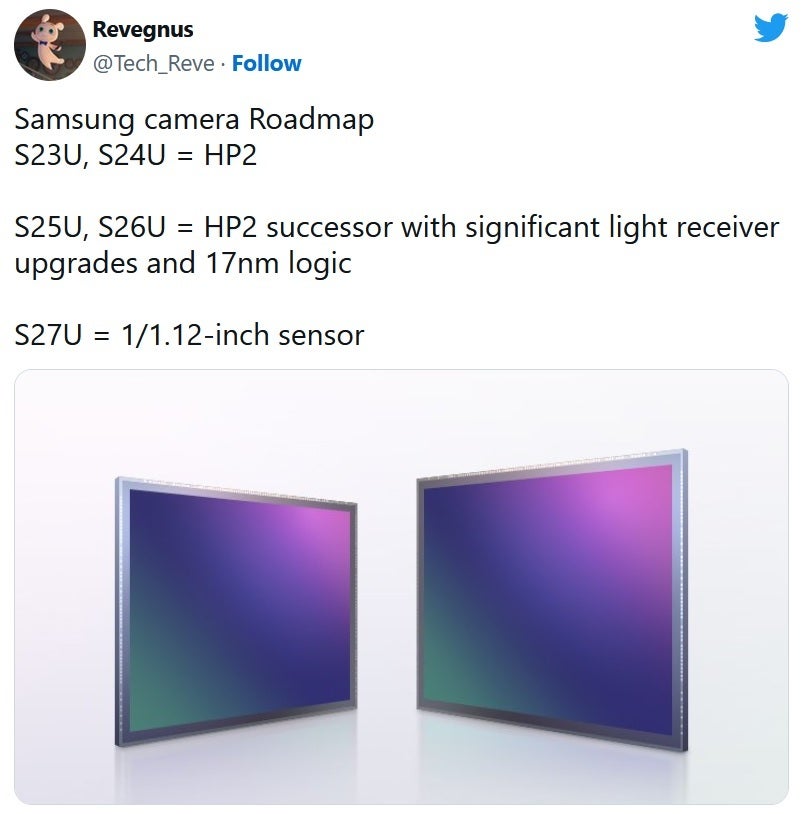
Tipster posts image sensor roadmap for the Galaxy S24 Ultra-Galaxy S27 Ultra models
The image sensor used on the 2025 and 2026 Galaxy S Ultra models will be produced using the 17nm process node which would make it cutting-edge when manufactured. Another change is expected for the Galaxy S27 Ultra in 2027. An updated 200MP ISOCELL GN2 image sensor (1/1.12-inch) will be employed by that model. The current GN2 image sensor supports 50MP photography and is used on the Xiaomi Mi 11 Ultra and other handsets. The GN2 image sensor is slightly larger than the HP2 image sensor, but it still falls short of the 1-inch goal line.
The Samsung Galaxy S23 Ultra makes a great Mother's Day gift!
The larger the sensor, the more light it can capture which helps out when taking photos or shooting videos in low-light environments or at night. But using a larger sensor to allow more light in can also allow a camera to shoot at faster exposures without worrying about too many blurs resulting from movement.
Plans can change as new technologies become available, or when manufacturers decide to take a detour for one reason or another. So even if this roadmap were to come from the most trusted source inside the company, keep in mind that it is nothing more than a guide at this point.





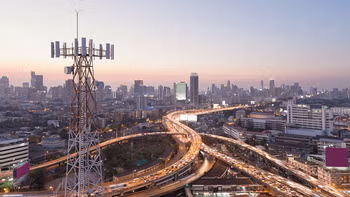
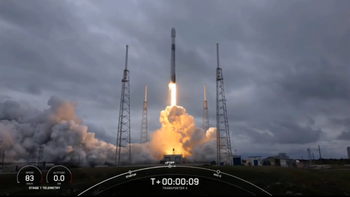
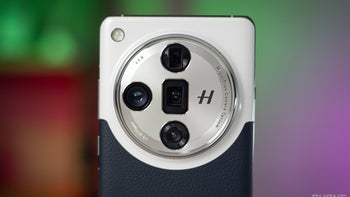




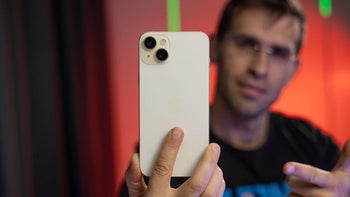
Things that are NOT allowed: